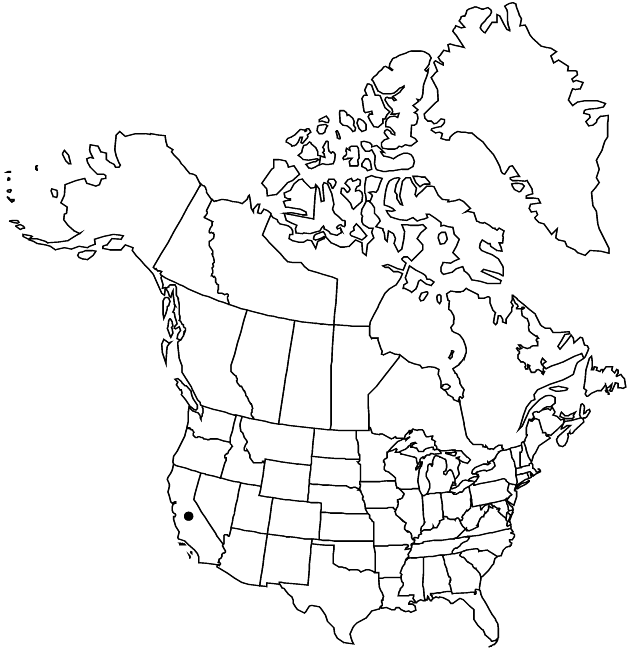Deinandra floribunda
Fl. S. Calif., 401. 1923.
Annuals, 30–100 cm. Stems ± solid. Leaves: proximal blades entire or toothed, faces pilose and stipitate-glandular. Heads in racemiform-paniculiform arrays (often narrow; side branches strict, short). Bracts subtending heads overlapping proximal 0–1/2+ of each involucre or not. Phyllaries ± evenly stipitate-glandular, including margins and apices, usually with nonglandular, non-pustule-based hairs as well. Paleae in 1 series. Ray-florets 13–20; laminae deep yellow, 4–7 mm. Disc-florets 24–31, all or mostly bisexual; anthers reddish to dark purple. Pappi of 6–10 (often rufous and/or flecked), oblong to elliptic, fringed scales 0.7–1.5 mm. 2n = 26.
Phenology: Flowering Aug–Nov.
Habitat: Moist openings in chaparral, streambeds, disturbed sites
Elevation: 70–1200 m
Distribution

Calif., Mexico (Baja California)
Discussion
Of conservation concern.
Deinandra floribunda is known from valleys and hills of the southern Peninsular Ranges, within ca. 15 km of the Mexican border.
Selected References
None.